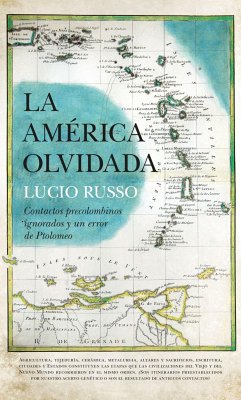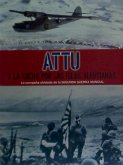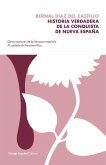Agriculture, weaving, pottery, metallurgy, altars and sacrifices, writing, cities and states constitute the stages that the civilizations of the Old and New Worlds went through in the same order. In Mesoamerica, the parallelism also includes an impressive series of techniques and cultural developments, from cylindrical seals to lost wax molding, from the introduction of the zero to terracotta figurines of animals mounted on wheels. Are these itineraries pre-established by our gene pool or are they the result of ancient contacts? Can we not draw from this question a solid thesis that would clarify our historical essences? Scholars persist in their skepticism about the possible evidence of pre-Columbian contacts between America and other continents, and the meager heterodox have not yet presented evidence worthy of their support. This revealing and revolutionary essay approaches the problem with a new tool drawn from mathematical geography: the examination of the coordinates transmitted by Claudius Ptolemy shows that he assigned the wrong dimensions to the Earth and demonstrates that, in antiquity, the oceans did not constitute an insurmountable barrier, thus eliminating the deterministic conception of history. Did Ptolemy confuse the Canary Islands with the Lesser Antilles of the Caribbean? Was Hipparchus his source? Had the Carthaginians discovered those unknown places before anyone else? What consequences did the conquest of the Mediterranean by Rome have on the scientific knowledge of the time? And, above all, what is the real significance of the question? The Italian physicist, mathematician and historian Lucio Russo undertakes an exciting journey to find the keys to our civilization.
Hinweis: Dieser Artikel kann nur an eine deutsche Lieferadresse ausgeliefert werden.
Hinweis: Dieser Artikel kann nur an eine deutsche Lieferadresse ausgeliefert werden.






![Derrotero De Las Costas De La América Meridional [Extr. from Works] Par El Baron Roussin, Y El Capitán Barral, Tr. Por J. Doy Y Carbonell Derrotero De Las Costas De La América Meridional [Extr. from Works] Par El Baron Roussin, Y El Capitán Barral, Tr. Por J. Doy Y Carbonell](https://bilder.buecher.de/produkte/71/71644/71644475m.jpg)

